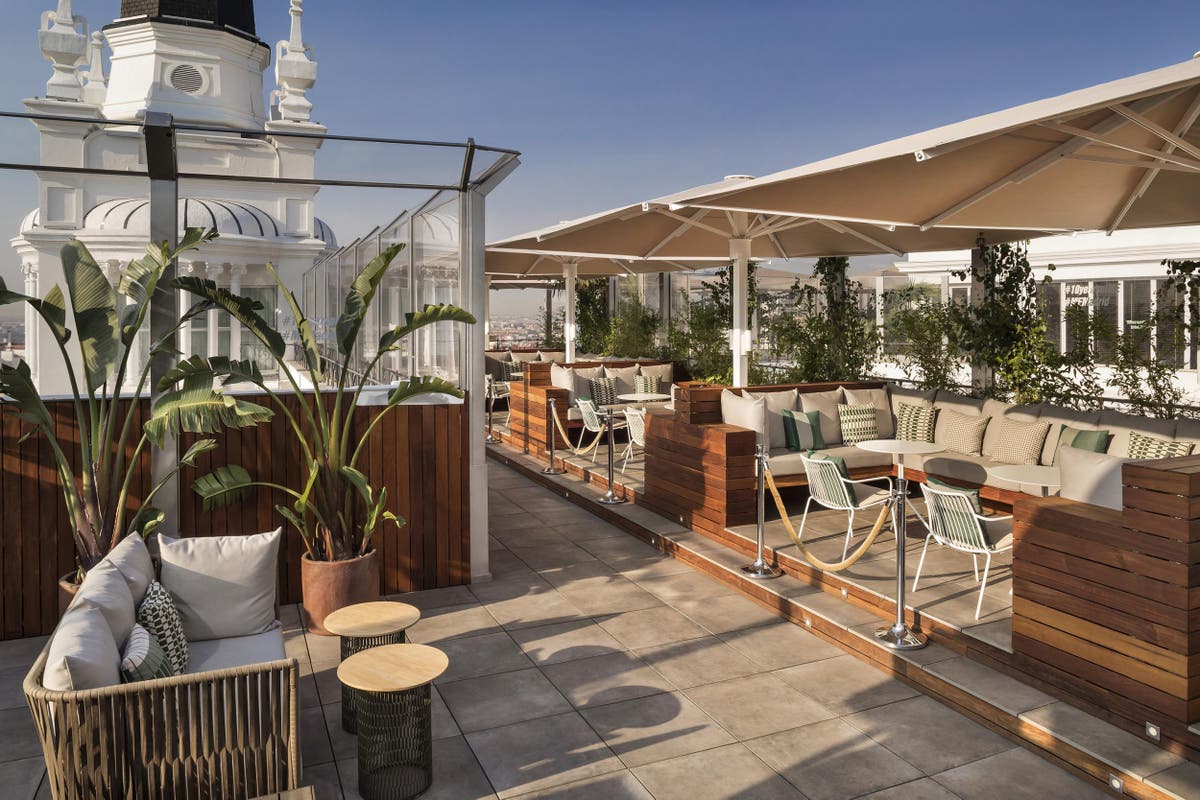This Folding Kayak is Surprisingly Seaworthy
Oru Kayak’s Lake model keeps its promises of being light, sturdy, and eminently packable.

We may earn a commission from links on this page.

Credit: Beth Skwarecki
Every good thing has its downsides, and for a casual kayaker, the flip side of owning a small boat that you can take out anytime is that you have to get it to the lake somehow—and store it somewhere when you get back home. Car carriers range from the annoying and cheap to the convenient and expensive, but what if there was another way? That’s where Oru Kayak comes in: The company makes kayaks that fold up to the size of a suitcase.
Unlike cheap inflatables (which have their caveats, but can still be fun), a folding kayak promises to be a bit sturdier. There’s no inflating involved, but you do have to figure out how to do origami with corrugated plastic.
For this review, I tried out a 9-foot Lake, Oru’s most basic model, which normally retails for $499. You can spend a lot more than that on more deluxe models, like the 16-foot, $1,999 Coast XT. There are other foldable kayak brands on the market, notably TuckTec, but Oru is the most established.
As noted, these foldable kayaks are no relation to the inflatable kayaks I’ve written about in the past. Inflatables require you to pump them up at the lakeside; if you don’t get them firm enough, they’ll sag under your weight. (Many of the cheap inflatables have a fairly low weight limit, making the front and back of the craft ride high in the water if you’re not, say, a small child.) The Oru Lake promised to be sturdy and seaworthy, so I borrowed one from Oru and took it for a spin.
How annoying is the Oru Lake to fold and unfold?

How the kayak looked after unclasping its suitcase straps Credit: Beth Skwarecki
The Lake promises “1-minute assembly,” but you probably won’t be surprised to learn that that is an optimistic estimate. The first time I practiced putting the boat together in my backyard, I found myself sweating and straining to complete the job. It turned out I did some of the steps in the wrong order and had to undo and redo some of my work; my total assembly time was around 15 minutes.
Once I had some practice under my belt, however, it really was quite quick to get the craft together. My next try, during an actual lake outing, was closer to five minutes. (Oru notes that the plastic can be stiff and hard to fold when it’s brand new, but that over time the fold lines will break in and it will only get easier.)
Helpfully, there is a QR code printed on the boat itself that will take you to an instructional video for both folding and unfolding. The trickiest part is that the boat folds along one set of lines for packing, and an entirely different set for use as a watercraft. When switching from one to the other, you have to unfold certain lines (push hard!) and crease others.
But it does all work, and the pieces fit together nicely. The seat is mounted to an orange rectangle made of stiffer material than the rest of the boat; you place it in the center of the floor. Then you go to the front of the boat and cinch the sides together with buckle straps. At the back of the boat, you do a similar procedure. This cinching is probably the most physically challenging part of the process; when it’s new and stiff, the sides don’t come together easily, and they don’t necessarily meet as neatly in real life as they do in the video, but I expect that with time and some more breaking in, I’ll be able to get closer to the promised one minute.
How does the Oru Lake fare on the water?

Credit: Beth Skwarecki
I took the Lake out for a spin on my local lake one chilly day. (It's a bit cold for kayak season, but these are the things I do for you, dear readers. Always wear a PFD and appropriate clothing—I wore a wetsuit—when out in cold weather.)
Speaking of PFDs, Oru Kayak sent me one to test. I almost said no thanks, because I have multiple PFDs of my own, but the Oru PFD is one of the most comfortable life vests I’ve worn for paddling. The back of the vest only has flotation foam in the top half, so you can sit comfortably in the kayak’s seat without the seat back bumping the vest around.
The Lake is pretty comfortable to sit in overall. The seat feels good, although the footrest, held in place by the tension of three different cords, is not as stable as it would be in a kayak with more traditional footrests on the sides of the boat.
And, yes, the craft is lakeworthy as promised. I suffered no leaks or surprises. As a 9-foot kayak, it turns a bit to each side with each stroke, but that’s typical of short, flat-bottomed boats. (I would expect the longer, more expensive models to steer a lot straighter.) It doesn’t track quite as straight as my molded plastic Pelican, but that’s a reasonable tradeoff to make for the convenience of a packable boat.
When I was done with my testing, I folded the boat back up. As with the inflatable boats, when you finish using your kayak for the day, it will be wet and somewhat muddy. Oru recommends propping your kayak up for 10 minutes to allow water to drain out of the corrugations of the plastic.
Conveniently, the whole thing packs up into a suitcase-sized package. That is to say, it becomes a suitcase-sized package, complete with handle and closing straps, without you having to stuff it into a separate container. Oru also sells a backpack to help you carry it, but I didn’t see the need; I just chucked the suitcase into the back of my car and headed for home.

 FrankLin
FrankLin 
































